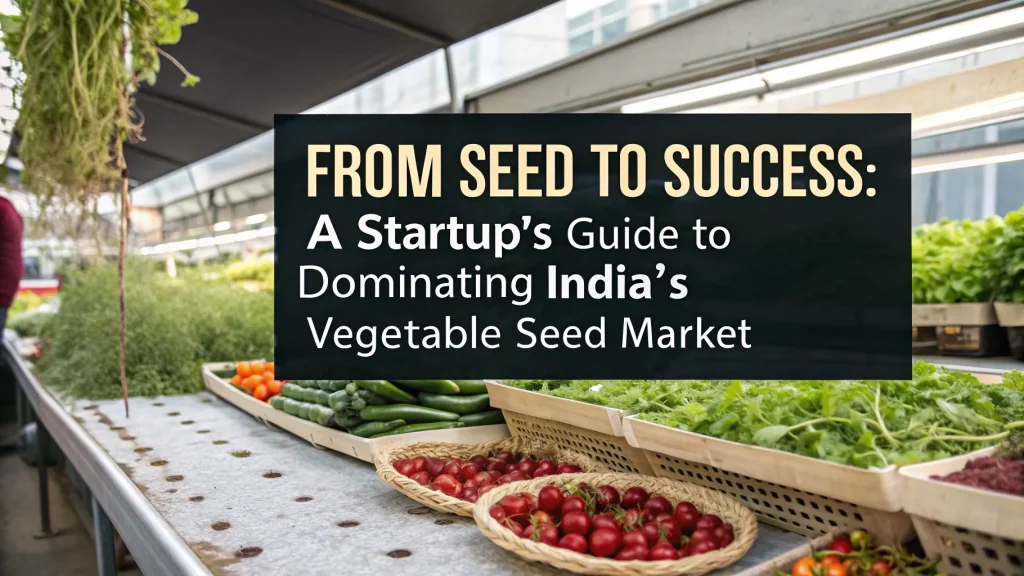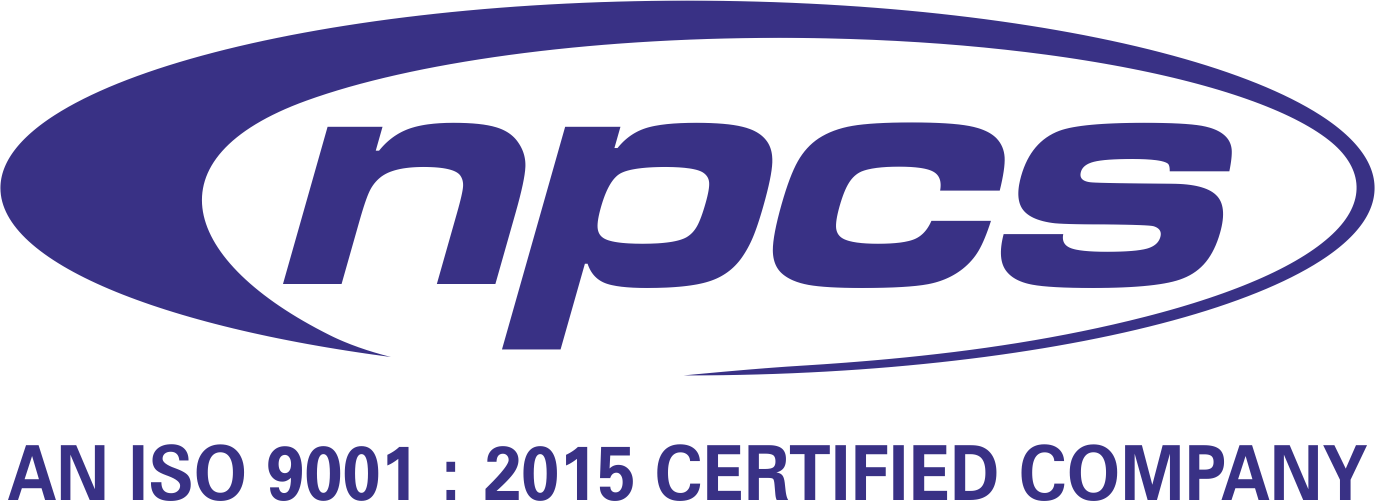The Vanaspati Ghee market has long been a staple of the Indian edible oil and fat segment, largely driven by traditional cooking practices, affordability, and long shelf life. Derived primarily from partially hydrogenated vegetable oils, Vanaspati Ghee has carved a niche for itself, especially among households and food service providers that look for cost-effective cooking fats. However, with rising health awareness, regulatory changes, and evolving consumer preferences, the Vanaspati Ghee market is undergoing a significant transformation.
Market Dynamics and Recent Trends in Vanaspati Ghee
In recent years, several economic, cultural, and policy-driven factors have impacted the Vanaspati Ghee market. While it once enjoyed unchallenged popularity, today it must compete with a wide range of healthier and more natural fat alternatives. Despite the changing tides, the Vanaspati Ghee industry is adapting and evolving in numerous ways to stay relevant and competitive in the market.
Historical Context and Popularity
Vanaspati Ghee was introduced in India as a substitute for traditional ghee, which is made from dairy milk. It quickly became popular due to its low price point and longer shelf life. Its ability to mimic the taste and texture of dairy ghee made it a favorite among economically conscious households. The Vanaspati Ghee market thrived, especially during times when dairy prices surged or supply chains were disrupted.
Throughout the late 20th century, leading companies like Dalda, Ruchi, and others dominated the Vanaspati Ghee market, creating strong brand associations. Advertising campaigns promoted it as a high-quality cooking medium, and it became a staple in Indian kitchens, bakeries, and restaurants.
Health Awareness and Regulatory Pressures
The first major disruption in the Vanaspati Ghee market came with increasing public awareness of trans fats and their negative health effects. As Vanaspati Ghee is typically made through hydrogenation, it contains a considerable amount of trans fats, which have been linked to cardiovascular diseases, obesity, and other health issues.
Governments, including India’s Food Safety and Standards Authority (FSSAI), have taken strong regulatory steps to limit the use of trans fats in food products. These steps include setting maximum permissible levels of trans fats in oils and fats and promoting public awareness campaigns. These regulations have forced manufacturers in the Ghee industry to either reformulate their products or reduce their market presence.
This has led to a shift in production trends, with many companies focusing on low-trans or trans-fat-free Ghee variants. Brands have started investing in R&D to meet both regulatory guidelines and changing consumer demands. The Vanaspati Ghee market is now seeing a wave of innovation driven by health and safety concerns.
Shift Toward Healthier Alternatives
As income levels rise and health consciousness grows, Indian consumers are increasingly choosing healthier oils such as sunflower oil, rice bran oil, mustard oil, and olive oil. These oils are perceived as healthier due to their unsaturated fat content and absence of hydrogenation. The Ghee market, therefore, has seen a decline in consumption in urban areas where such awareness is higher.
However, the Vanaspati Ghee market still holds strong in rural and semi-urban areas, where affordability and availability are paramount. Here, Vanaspati Ghee remains the go-to choice for deep-frying, preparation of sweets, and in some commercial food establishments due to its cost-effectiveness.
Evolving Consumer Preferences
Modern consumers are looking for transparency, clean labels, and products that align with their personal values—be it health, sustainability, or cultural preferences. The Vanaspati Ghee market is being shaped by these expectations. In response, brands are rebranding and repositioning their Vanaspati products. The emphasis is now on reduced trans fats, better flavor profiles, and multi-purpose usage.
There is also an increasing demand for Vanaspati Ghee made from palm oil alternatives or other blends that reduce the environmental footprint. This reflects a broader movement where consumers not only focus on what they eat but also how it is produced. This change in consumer behavior is encouraging innovation in formulation and packaging.
Industrial and Commercial Use Remains Robust
While retail consumption may be declining, Vanaspati Ghee continues to play an essential role in industrial and commercial food preparation. It is widely used in the manufacturing of bakery products, sweets, and snacks. The reason lies in its affordability and desirable texture-enhancing properties.
The Vanaspati Ghee market for B2B (business-to-business) segments remains quite robust. Food service operators, especially in price-sensitive regions, continue to prefer Vanaspati over costlier oils or pure ghee. This segment is less influenced by health trends compared to the household sector, though that is slowly changing too.
Innovation and Product Diversification
To remain competitive, companies operating in the Vanaspati Ghee market are diversifying their product lines. Many are offering Vanaspati Ghee with added vitamins, flavors, and even infusions with herbs and spices. These new variants aim to attract consumers who may be hesitant about traditional Vanaspati but are still cost-conscious.
Packaging innovations, such as smaller packs for rural markets and eco-friendly containers, are also helping manufacturers reach wider demographics. Some companies are also tying up with online grocery platforms to boost visibility and access in urban areas.
Digital marketing and influencer campaigns now highlight how Vanaspati Ghee can still be part of a balanced diet when used sparingly. These campaigns often focus on emotional connections to traditional cooking and the affordability of quality meals.
Global Market Perspective
The Vanaspati Ghee market is not confined to India alone. It has significant demand in South Asian countries like Pakistan, Bangladesh, Nepal, and Sri Lanka. Moreover, Indian and South Asian diaspora in countries like the UAE, UK, USA, and Canada continue to use Vanaspati Ghee, maintaining an export market.
Exporters are now focusing on creating Vanaspati Ghee variants that comply with international food safety standards, such as those set by the FDA (U.S.) and EFSA (Europe). This has opened up new avenues for growth while ensuring product quality.
Sustainability and the Future
Sustainability is now a key factor influencing the Vanaspati Ghee market. Consumers and regulators alike are pushing for environmentally responsible sourcing of raw materials, especially palm oil. Sustainable palm oil certifications such as RSPO (Roundtable on Sustainable Palm Oil) are becoming increasingly important for brand reputation and market access.
The future of the Vanaspati Ghee market will depend heavily on how well companies adapt to changing health regulations, embrace sustainable sourcing, and continue innovating their products. While the product may never reclaim its former universal popularity, it can still maintain relevance through responsible production and smart marketing.
Conclusion
The Vanaspati Ghee market is undoubtedly at a crossroads. Once celebrated for its affordability and taste, it now faces scrutiny for its health implications and environmental footprint. Yet, rather than fading into obsolescence, the market is evolving—embracing innovation, transparency, and diversification.
For businesses operating in this space, the key lies in balancing tradition with transformation. By addressing regulatory concerns, catering to diverse consumer segments, and ensuring sustainable practices, the Ghee market can continue to play a significant role in the global food industry.
As the market adapts to new realities, one thing remains clear: Ghee still holds a place in the hearts (and kitchens) of millions. The challenge is to evolve it responsibly and innovatively in tune with modern demands—thereby securing its future relevance.
Visit the page Select and Choose the Right Business Startup for You for sorting out the questions arising in your mind before starting any business and know which start-up you can plan. We, at NPCS, endeavor to make business selection a simple and convenient step for any entrepreneur/startup. Our expert team, by capitalizing on its dexterity and decade’s long experience in the field, has created a list of profitable ventures for entrepreneurs who wish to diversify or venture. The list so mentioned is updated regularly to give you a regular dose of new emerging opportunities.




